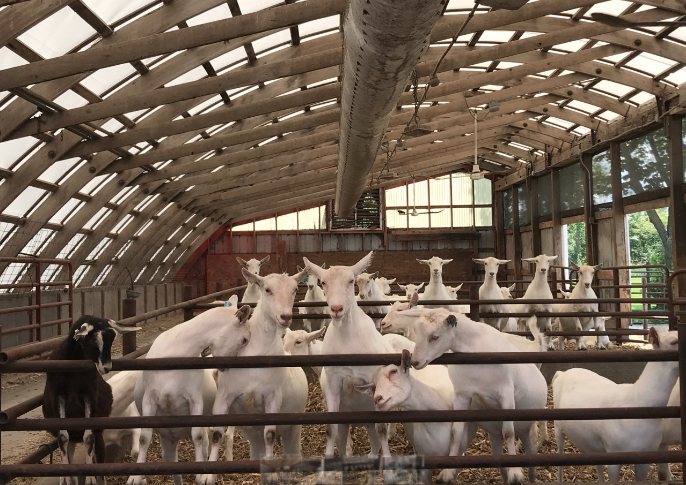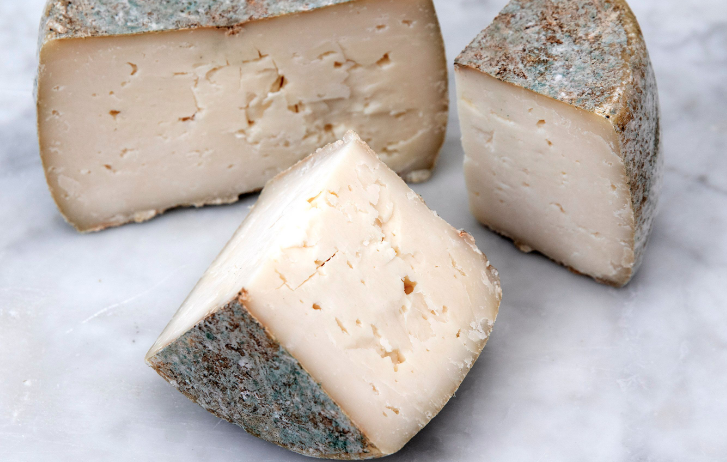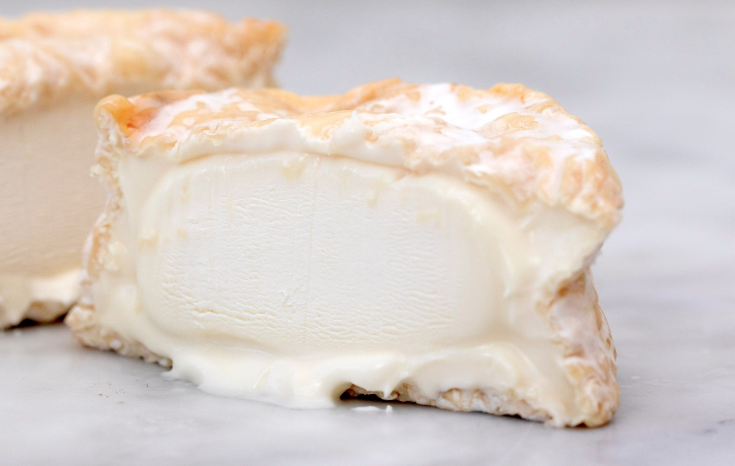
Wisconsin just got a new creamery! Blakesville, established in 2020 as part of an existing dairy farm, boasts over 900 goats and a line of cheeses that are already in high demand–and for good reason! We spoke to Head Cheesemaker and General Manager Veronica Pedraza to find out how this new venture came to fruition and what’s in store for a unique creamery that’s guaranteed to be a cheese powerhouse.
How did the idea for the creamery initially come about?
Our farm was originally a 300-cow dairy called Lake Breeze (one of our cheese names). The original owner, Roger Karrels, wanted to retire and his children were not interested in taking over the farm. He wanted to sell his farm but did not want to see it developed into condos. So he approached our owner, Lynde Uihlein, whose family owned the farm, Afterglow, adjacent to the Karrel’s. Lynde agreed to buy the farm and keep it in agriculture but she wanted goats instead of cows. So, about 9 years ago, they began to transition the farm into a goat milking operation. The goal was always to make cheese, but the first step was building a reliable supply of goat’s milk. We currently have 1200 goats and milk about 900 year round. Once there was a reliable supply of milk, Lynde began looking for someone to design a creamery and build a business plan for a cheesemaking operation. It so happened that Lynde knew Andy Hatch, of Uplands Cheese. Andy’s father knew Lynde and they had worked together in the past.
I had recently left Meadowood Farms and was looking for a serious opportunity to build a cheesemaking operation and brand. I sat next to Andy at the Vermont Cheese Council Pancake Breakfast at ACS in 2017. We started talking and Andy said he knew someone who had a lot of goats who was interested in cheese. Andy ultimately connected me with Lynde and the process for designing and building the creamery began in January of 2018.

Were there many challenges in opening a new business during a pandemic?
The turnover date from the General Contractor on the Creamery was the final week in March of 2020. We anticipated making our first batch of cheese the first week of April 2020. The Dept of Ag reached out and said they were suspending inspections and licensing while the stay-at-home order was in place. Ultimately that was lifted at the end of May, but they also had a backlog of inspections to do. So, we did not receive our license until the first week of July. While it was unexpected and challenging, it gave me time to spend fine-tuning recipes and get acquainted with the new equipment and space. We originally intended to focus just on soft-ripened cheese and blue cheese but the closure of many restaurants changed our product line a bit. We decided to make a hard cheese, St. Germain, that could potentially weather the pandemic and added fresh chèvre to the mix.
For some of our customers out there who aren’t as familiar, what’s the difference between a dairy farm and a creamery?
We are a farmstead creamery. That means that cheese is produced on the same property where the animals live. Generally, a dairy farm just produces milk and a creamery just produces cheese. While having a farmstead operation is not that unusual in places like VT, California and NY- it is kind of anomaly in Wisconsin- where things to be a bit more specialized.

Can we expect any new cheese launches coming soon?
Possibly! We have only been in business since July 2020 and currently make 6 different cheeses–including Afterglow and St. Germain, found at Murray’s–which seems like enough at the moment. We hope to use some sheep’s milk in the future.
What’s the vision for the future of the creamery and farm?
The vision for the creamery is to sustain the farm and keep the land in agriculture. The dairy is a break-even operation selling milk to the commodity market. We hope the creamery can make the dairy a bit more profitable.
